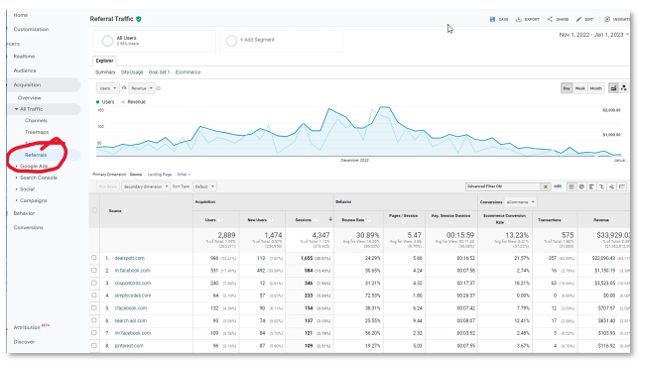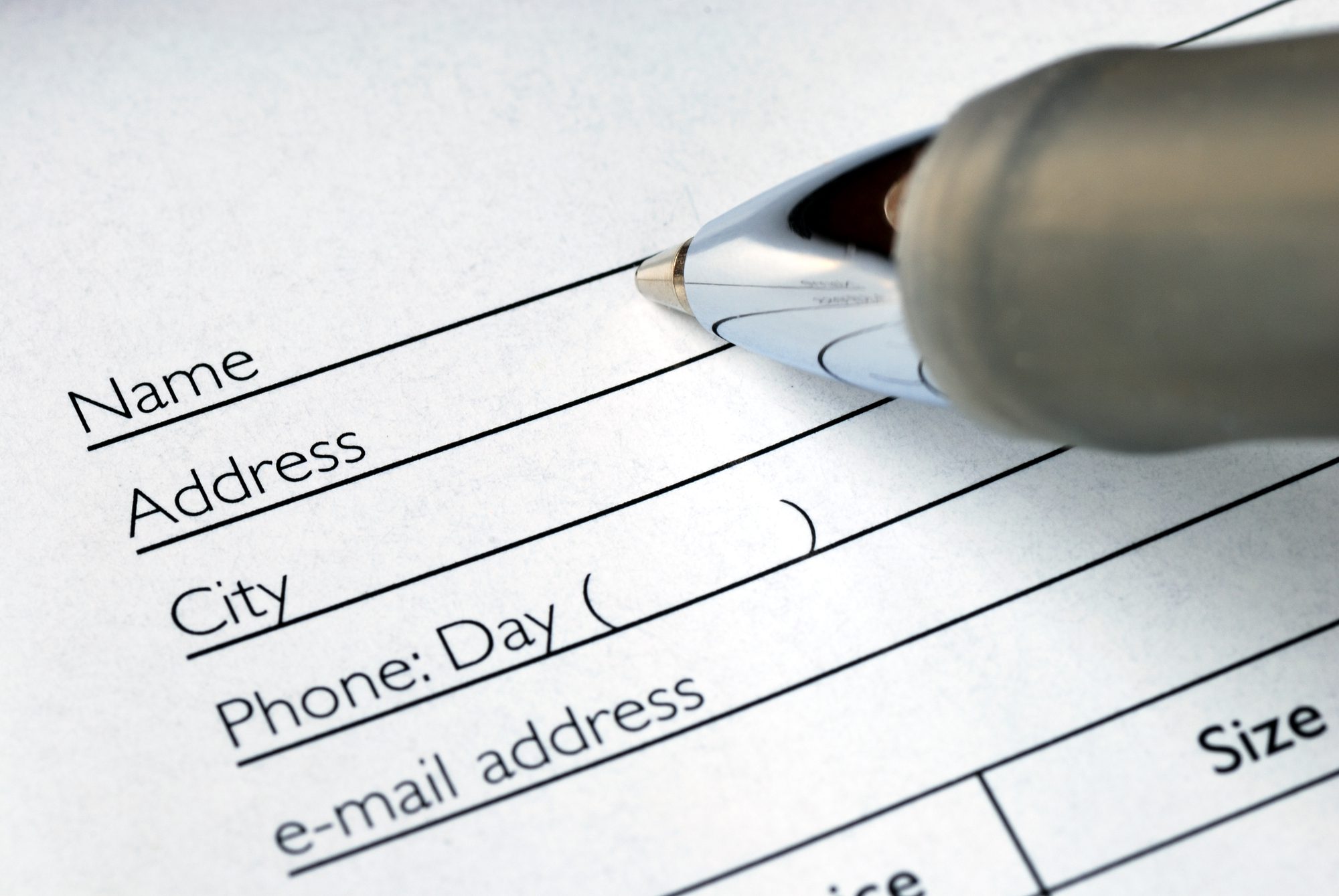 You’ve built a successful local retail business with steady foot traffic. You’re looking for a way to take your business to that proverbial next level and e-commerce seems like the best way to go. You’ve got a website up, but it was more for the sake of providing an online presence and credibility than it was about conducting transactions. You’re wondering how to start an online store. Here’s a general outline of the process…
You’ve built a successful local retail business with steady foot traffic. You’re looking for a way to take your business to that proverbial next level and e-commerce seems like the best way to go. You’ve got a website up, but it was more for the sake of providing an online presence and credibility than it was about conducting transactions. You’re wondering how to start an online store. Here’s a general outline of the process…
Get Your Template
Depending on your content management system, you may be able to just add an online store right to it. WordPress offers this function, but be aware that this template may not fit your shoppers’ needs. The decision to go into e-commerce is really a fundamental decision to revamp your entire website, or simply build a new one.
There are a lot of templates to choose from, but the importance of mobile-friendliness can’t be emphasized enough. Keep in mind that this is now more than simply ensuring people can read your content on mobile device. You want the entire shopping process to function easily for potential customers. Get friends or family members who regularly shop from their devices to test out your process and give you feedback.
Every business has their own unique needs that will help guide what sort of template and options will work best. If you know someone who’s tech-savvy, it may be tempting to hire them to build a store that’s specifically customized for you. One word of caution: The person who builds a custom site is also the only one who knows how to maintain it. So make sure you really trust that this person will be around for the long haul to handle the inevitable tech problems that come with anything on the web, especially something that’s uber customized.
Easy Access
Once your store is up and running, it has to be integrated into your home page presentation. Suffice it to say, you want to be sure people are made aware of the store and can easily find it. A pop-up offering to take them there with a single click might be a good idea, especially in the early days of your e-commerce adventure. But simplicity is what matters most here—the store is now the single most important part of your website and the home page has to work in a way that drives people there.
Monitor Speed
Expanding your online presence also means your website is “heavier”, so to speak. You have to be certain that it’s still running at top speed or you’re going to lose potential customers. Now is the time for a website audit that includes a speed assessment.
Set Up The Funnel
As much as we hope visitors will come to your site, click on the store, and start buying, the reality is that most of them will follow a more elongated route. Maybe they’ll read a blog post, then click on a banner ad that’s strategically placed within the post. From there they read a description of the product. Then they add it to their cart. Finally, they reach the checkout stage.
Somewhere along the line, most people are going to fall off. Google Analytics allows you to set up specific funnels so you can track what stage of the process people abandon the idea of buying. You can examine those particular pages and see how they can be strengthened. And when you start doing pay-per-click advertising, you can target people who dropped off close to the point a deal was done.
These are just the basics you need to get up and running. Once your online store gets off the ground, you still have to think about marketing via e-mail, social media and through paid advertising. But if you’ve got a simple mobile-friendly template that’s easy to access, moves fast, and is set up to track in Google Analytics, the foundation is in place.
Need help putting an Ecommerce strategy in place? Contact Us and get expert advice.







